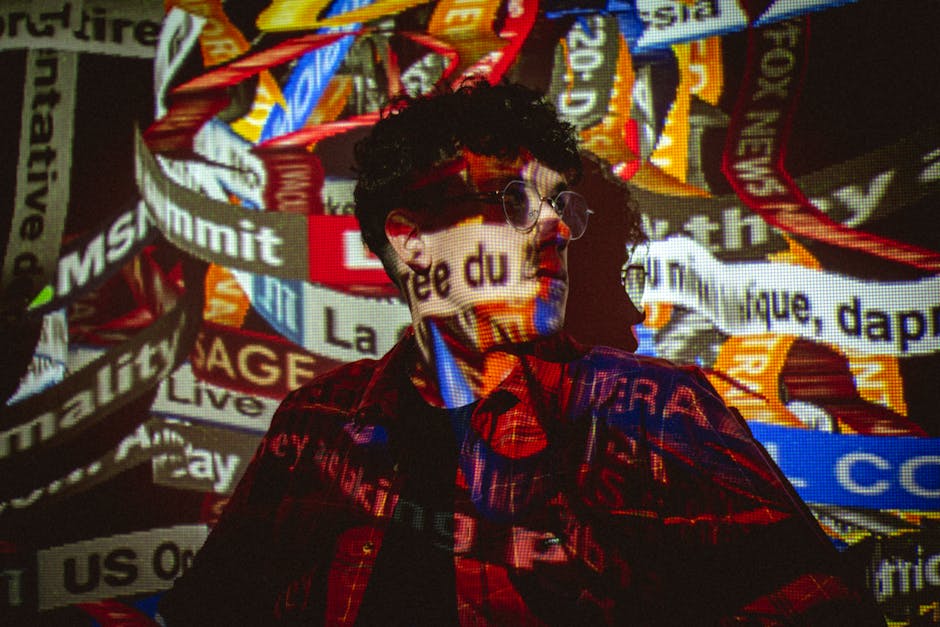High Color Complexity in Social Media Images Boosts Engagement: 2025 Trends
Social media image design in 2025 is increasingly focused on color complexity as a key driver of user engagement, according to recent studies. Research suggests that images with a wider range of colors and more intricate color palettes are demonstrably more effective at capturing attention and driving interaction, surpassing simpler designs in key metrics. This trend is significantly impacting marketing strategies across various platforms.
The Rise of Visually Complex Imagery
Analysis of social media campaigns throughout 2025 reveals a clear shift towards images characterized by high color complexity. This contrasts sharply with previous years, which favored minimalist aesthetics and muted palettes. The change reflects a growing understanding of the psychology of visual attention and the impact of color on emotional responses. Marketers are leveraging this knowledge to create more compelling visuals. This includes an upswing in the use of vibrant gradients, detailed textures, and layered imagery.
Impact on User Behavior
This shift toward visual complexity has yielded significant improvements in key engagement metrics. Studies have shown a notable increase in click-through rates, shares, and overall time spent interacting with posts featuring complex imagery. For instance, one recent study indicated a 15% increase in click-through rates for ads incorporating high color complexity compared to their simpler counterparts. This trend is consistent across different demographics.
Color Complexity and Algorithmic Favorability
The relationship between image color complexity and algorithmic performance is a subject of ongoing research. However, early indications suggest that platforms like Instagram and TikTok favor visually rich content, potentially boosting visibility for posts with higher color saturation and detail. This could be due to several factors, including better user retention and higher overall engagement. This creates a strong incentive for marketers to adapt to the new visual landscape.
Algorithmic Bias Concerns
There are, however, concerns regarding potential algorithmic bias favoring certain color schemes. Researchers are investigating if certain color palettes consistently receive higher visibility, potentially marginalizing content utilizing less vibrant or less complex visual designs. This could lead to the amplification of certain visual aesthetics and the suppression of others, raising significant issues of equity and representation. Further research is critical to fully understand these implications.
The Role of Artificial Intelligence in Image Creation
The rise of AI-powered image generation tools is significantly impacting the use of color complexity in social media. These tools allow marketers and creators to easily produce highly complex images with sophisticated color palettes, streamlining the creation process and making high-complexity visuals more accessible. The ease of access to these tools contributes to the trend’s rapid adoption across various industries. This accessibility is further driving the adoption of complex visuals.
AI’s Limitations and Ethical Considerations
While AI tools simplify the creation of complex visuals, ethical considerations remain. Concerns exist regarding the potential for AI-generated images to perpetuate existing biases or create new ones, particularly regarding color representation and cultural appropriation. The ability of AI to quickly generate large volumes of high-complexity images also necessitates a focus on the responsible usage of these tools, including the need for content moderation and ethical guidelines.
Future Implications for Social Media Design
The ongoing trend towards high color complexity in social media visuals suggests a likely continuation and possibly intensification of this trend in the near future. Marketers will need to constantly adapt their strategies to stay competitive, while remaining mindful of the potential pitfalls associated with AI-driven image creation and algorithmic favoritism. The emphasis on visual appeal will likely continue.
Key Takeaways for 2025:
- High color complexity directly correlates with increased user engagement across major platforms.
- Algorithmic biases may favor visually rich content, leading to potential inequalities in content visibility.
- AI-driven image generation tools are democratizing access to complex visuals, yet ethical considerations remain.
- Marketers must prioritize creative and ethical considerations alongside the pursuit of visual complexity.
- Future research needs to focus on the long-term effects of visual complexity and algorithmic biases.
Conclusion
The dominance of high color complexity in social media images in 2025 highlights the evolving relationship between visual design, user engagement, and algorithmic performance. While this trend offers significant opportunities for marketers to create engaging content, it also presents challenges related to algorithmic fairness, ethical AI usage, and the potential for visual bias. Continued monitoring and research are crucial to ensure the responsible and equitable application of these rapidly evolving trends. The interplay of technological advancement and user preference will continue to shape the future of social media visuals.

